U.S. home prices fell for the fourth consecutive month in October as a mix of higher interest rates, elevated inflation, and low housing inventory weighed on the real estate market.
The S&P CoreLogic Case-Shiller 20-city home price index in the United States (pdf) tumbled 0.8 percent month-over-month. Compared to the same time a year ago, home prices advanced 8.6 percent, the lowest growth rate since October 2020.
The U.S. National Index also slumped 0.5 percent in October.
“As the Federal Reserve continues to move interest rates higher, mortgage financing continues to be a headwind for home prices,” said Craig Lazzara, managing director at S&P Dow Jones Indices, in a statement. ”Given the continuing prospects for a challenging macroeconomic environment, prices may well continue to weaken.”
Speaking at a Brookings Institution event in November, Fed Chair Jerome Powell conceded that a housing bubble formed during the coronavirus pandemic, but now tightening policy could insert balance into the national real estate market.
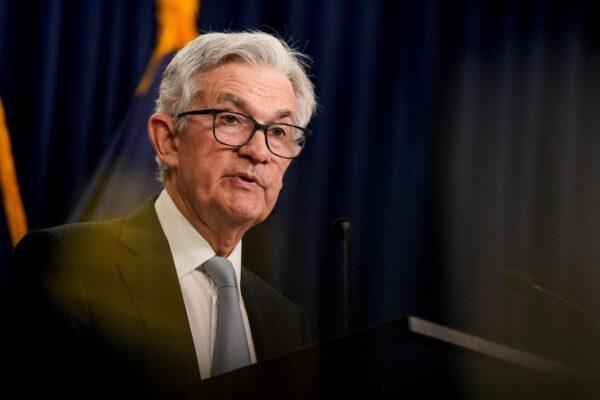
“Coming out of the pandemic, [mortgage] rates were very low, people wanted to buy houses, they wanted to get out of the cities and buy houses in the suburbs because of COVID,” Powell said.
“So you really had a housing bubble, you had housing prices going up [at] very unsustainable levels and overheating and that kind of thing. So, now the housing market will go through the other side of that and hopefully come out in a better place between supply and demand,” he said.
Powell has iterated the same sentiment, discussing a potential “reset” in the U.S. real estate sector amid rising interest rates.
Meanwhile, the Federal Housing Finance Agency’s (FHFA) average price of single-family houses with mortgages insured by Fannie Mae and Freddie Mac was unchanged month-over-month in October, down from the 0.1 percent jump in September.
On an annualized basis, the FHFA House Price Index advanced by 9.8 percent, down from 11.1 percent in the previous month and the smallest year-over-year increase since September 2020.
“U.S. house prices have seen two consecutive months of near-zero appreciation,” said Nataliya Polkovnichenko, the Supervisory Economist at FHFA’s Division of Research and Statistics, in the report. “Higher mortgage rates continued to put downward pressure on demand, weakening house price growth. The U.S. house price index growth decelerated as it posted the first 12-month growth rate below 10 percent after 24 consecutive months of double-digit appreciation rates.”
Housing in a Recession?
The Dallas Fed Bank projected in a November report titled “Skimming U.S. Housing Froth a Delicate, Daunting Task,” that there could be a real price correction of up to 20 percent.“Such a negative wealth effect on aggregate demand would further restrain housing demand, deepening the price correction and setting in motion a negative feedback loop,” wrote Enrique Martínez-García, a senior economist and advisor with the Research Department at the Federal Reserve Bank of Dallas.
“A severe housing bust from the frothy pandemic run-up isn’t inevitable. Although the situation is challenging, there remains a window of opportunity to deflate the housing bubble while achieving the Fed’s preferred outcome of a soft landing. This is more likely to happen if the worst-case scenario of a price-correction-induced economic downturn can be avoided.”
Fears over a recession in the U.S. housing market have intensified in recent weeks.
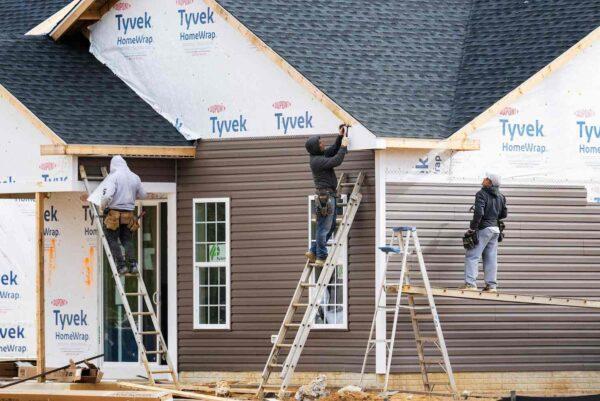
This month, the National Association of Home Builders’ (NAHB) Housing Market Index fell to a decade low of 31 in December, representing the 12th consecutive monthly drop in homebuilders’ confidence amid higher mortgage rates.
NAHB Chairman Jerry Konter, a home builder and developer from Savannah, Ga., noted that “builders are struggling to keep housing affordable for home buyers.” Construction costs have climbed 30 percent, builders are using incentives to boost sales, and prospective homeowners are receiving an average price reduction of 8 percent.
However, NAHB Chief Economist Robert Dietz is optimistic that the national housing market might be reaching the bottom in the current cycle.
“The silver lining in this HMI report is that it is the smallest drop in the index in the past six months, indicating that we are possibly nearing the bottom of the cycle for builder sentiment,” Dietz stated. “Mortgage rates are down from above 7% in recent weeks to about 6.3% today, and for the first time since April, builders registered an increase in future sales expectations.”
In October, the 30-year mortgage rate topped 7 percent for the first time in about 20 years, according to the Mortgage Bankers Association (MBA). Since then, it has fallen to 6.34 percent, the lowest level in more than three months.
The real estate sector is the most sensitive to a rising-rate environment. Many industry observers anticipate that the new normal for mortgage rates will be in the range of 5 and 7 percent next year as the U.S. central bank continues to pull the trigger on rate hikes to defeat inflation.
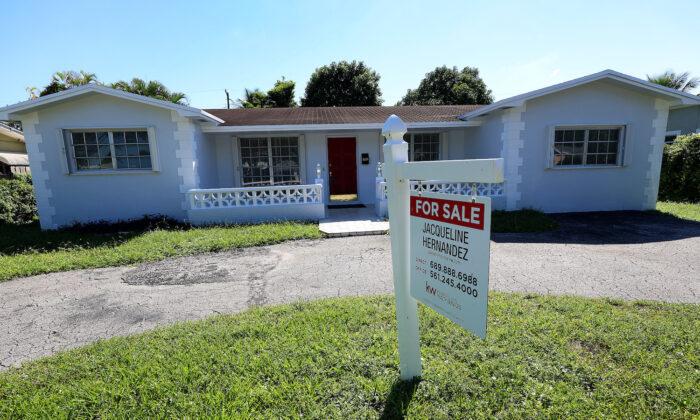

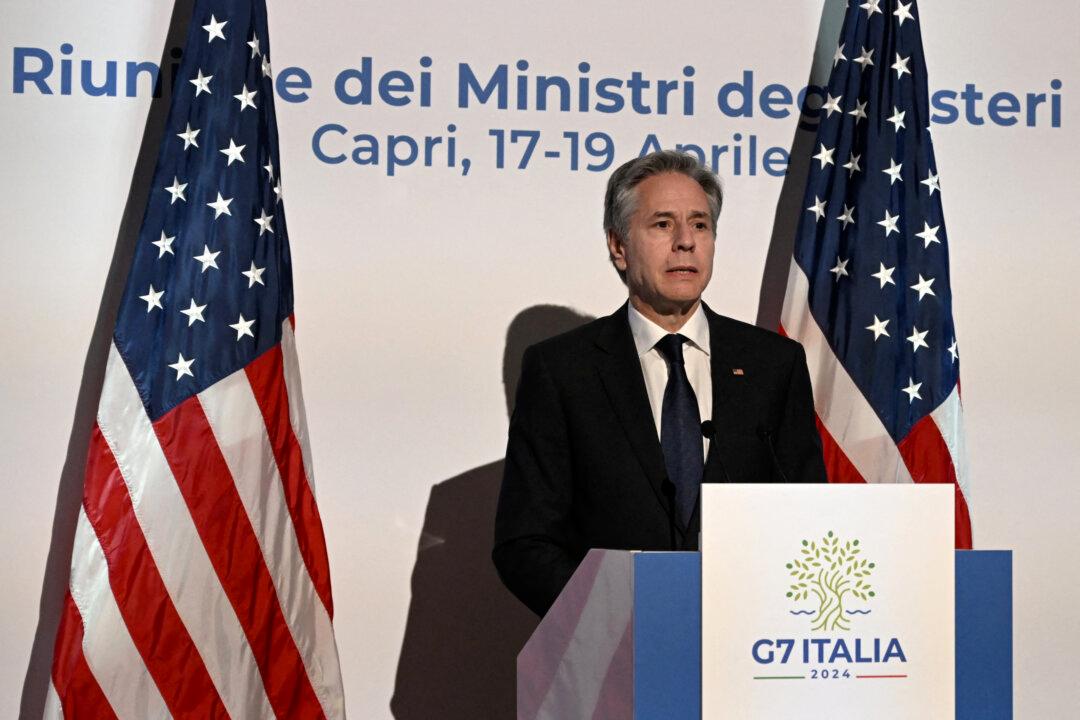

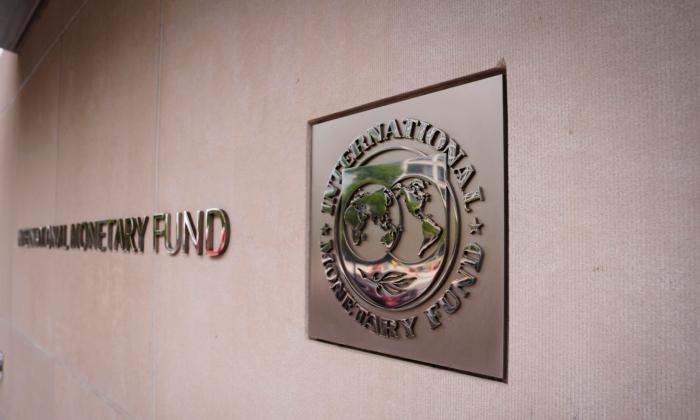
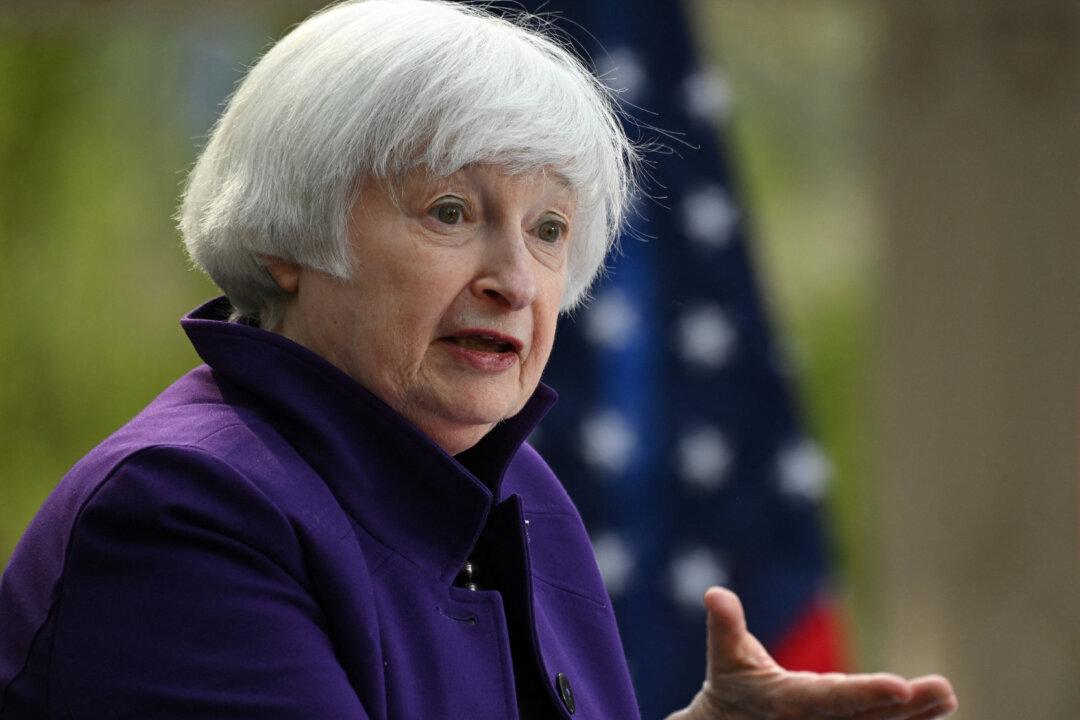
Friends Read Free